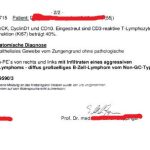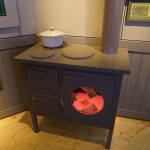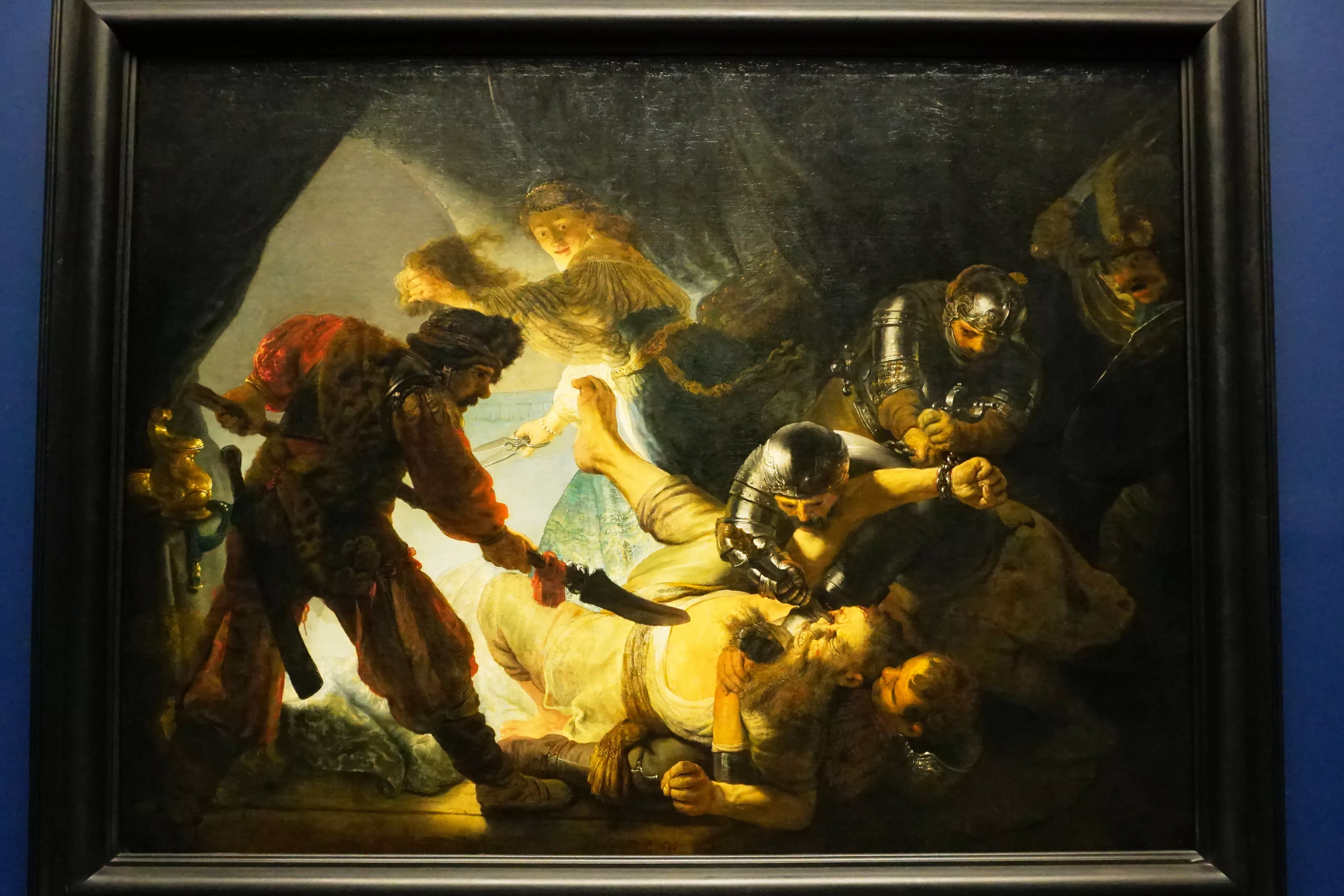The Saint Paul Church Museum
Is a historic landmark located in the heart of Frankfurt, Germany. The church was built in the 14th century and is one of the city’s most important architectural and cultural treasures. The museum is dedicated to showcasing the history and art of the church and the city of Frankfurt, and offers visitors a unique and fascinating look into the past.

The church is known for its impressive dome, which is a major feature of the building’s architecture. The dome is made of red sandstone and has a diameter of 23 meters, making it one of the largest domes in Germany.
The church also features a number of other architectural elements such as pointed arches, ribbed vaults, and flying buttresses. The interior of the church is also noteworthy, with its ornate decoration and impressive stained glass windows. 
One of the most significant events that took place in the church is the meeting of the first all-German Parliament in 1848. St. Paul’s Church was first consecrated in 1833 as the main Evangelical Lutheran church in the city of Frankfurt am Main, but it offered itself as the meeting place for the first all-German Parliament, where the National Assembly created the first democratic constitution for Germany.

Even after the dissolution of the Parliament, St. Paul’s Church was the site of national memorial celebrations.
In 1944, St. Paul’s Church was completely destroyed in World War II. Its reconstruction began shortly after the end of the war and was consecrated on 18 May 1948 on the occasion of the centennial celebration of the German National Assembly. Since then it has served exclusively as a place to remember the beginnings of German democracy.
The museum includes a permanent exhibition “St. Paul’s Church. Symbol of Democratic Freedom and National Unity” which shows the development of Germany unity and democracy in its various stages. The exhibition includes artifacts from the church’s past, as well as works of art that were created for the church over the centuries, including tombstones and epitaphs dating back to the 14th century, and an impressive collection of stained glass windows created by some of the most skilled artisans of the time.

The church also includes a crypt which was used as a mortuary chapel. In the crypt, there are tombs belonging to the most prominent citizens of Frankfurt. These tombs provide a glimpse into the lives of the wealthy and powerful people of the city during the medieval period.
The Saint Paul Church Museum also features a large mural “The Path of the Representatives to St. Paul’s Church” by the Berlin-based painter Johannes Grützke which was ceremoniously unveiled in the basement in 1991. Additionally, the museum organizes various cultural events and exhibitions throughout the year. 
The assembly hall on the first floor is reserved for state or municipal functions – the Peace Prize of the German Book Trade and the city of Frankfurt’s Goethe Prize are awarded in this historic location.
In addition to its historical and architectural significance, the Saint Paul Church Museum also serves as an active place of worship and is open for mass on Sundays and holy days.
Overall, the Saint Paul Church Museum is a unique and fascinating destination that offers visitors a glimpse into the rich history and culture of Frankfurt and Germany. The combination of historical significance and artistic beauty makes it a must-see destination for anyone interested in the past and the culture of the country.
useful links:










